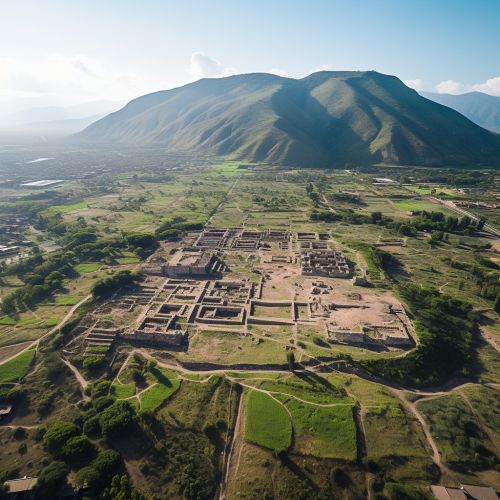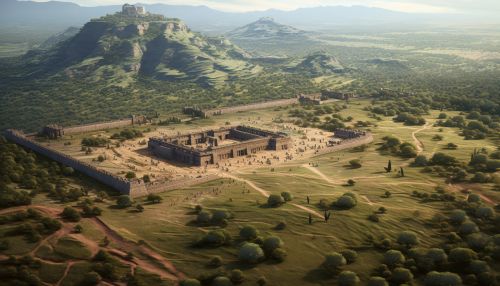Susa
History
Susa was one of the oldest cities of the ancient Near East. In historic literature, Susa appears in the very earliest Sumerian records: for example, it is described as one of the places obedient to Inanna, patron deity of Uruk, in Enmerkar and the Lord of Aratta.
The site of Susa is located in the lower Zagros Mountains, approximately 160 km east of the Tigris River, between the Karkheh and Dez Rivers. The site covers 350 hectares (860 acres), making it one of the largest archaeological sites in the world.


Geography
Susa is located in the lower Zagros Mountains about 250 km (160 mi) east of the Tigris River, between the Karkheh and Dez Rivers. The modern Iranian town of Shush is located at the site of ancient Susa. Shush is the administrative capital of the Shush County of Iran's Khuzestan province. It had a population of 64,960 in 2005.
Archaeology
Susa contains several layers of superimposed urban settlements in a continuous succession from the late 5th millennium BC until the 13th century AD. It includes monumental structures such as the 'Apadana Palace' and the 'Tomb of Daniel'. The site has been known to archaeologists since the 19th century and has been the focus of excavations for over a century. Archaeological investigations have involved the French, British, and Iranian governments and the site is now protected by Iran's Cultural Heritage Organization.
Culture
The people of Susa had a distinct culture, with their own language, Elamite, which was used for over 2000 years from 2500 BC to 331 BC. They had a unique system of writing, the Elamite cuneiform, which was used from 3200 BC to the arrival of the Achaemenid Persians in 539 BC. The Elamites were skilled in architecture and sculpture, and they developed a system of mathematics and astronomy.
Economy
The economy of Susa was based on agriculture, animal husbandry, and trade. The city was a center of craft production, particularly metalwork and pottery. It was also a hub of regional and long-distance trade networks, particularly with Mesopotamia.
Religion
The main deity of Susa was Inshushinak, who was associated with the city and the surrounding land. The Elamites also worshipped a number of other gods and goddesses, both Semitic and non-Semitic in origin.
